|
0 Comments
JWR Alumni, Kate Gundlach celebrated her first Verizon IndyCar Series Championship as a team engineer when Scott Dixon won his fifth IndyCar Series championship in 2018. Kate works with the team's race engineer, Chris Simmons, and gave her thoughts to Autoweek after Dixon claimed the title at Sonoma Raceway in September 2018. On track three of the four weeks in September, ArmsUp Motorsports completed the final round of the F2000 Championship Series this past weekend at the New Jersey Motorsports Park. Taking on the Thunderbolt Raceway layout, ArmsUp drivers James Roe and Trent Walko dominated the event taking home both victories and three of four possible podium results.
Roe was never outside the top-three in official session results throughout the weekend and was one of the drivers to beat. Pacing the field with the fastest time in practice one, Roe claimed the second position in both practice two and qualifying for Saturday's action. Once wheel-to-wheel racing commenced, the ArmsUp Motorsports driver took his talents and the speed of his F2000 car to the front claiming the win. Sunday proved to be a little more difficult for the multi-time race winner as en route to the fastest lap of the race, Roe garnered the third and final step on the podium. Walko started his weekend off with a 12th place run in the second practice session and vastly improved when the official on track action began. Qualifying sixth for race one on Saturday, the young driver held station through the first wheel-to-wheel action on the weekend. Sunday saw Walko climb the charts and after qualifying in the third position, the ArmsUp Motorsports drivers topped the podium blocks at the end of the day to scoring the win, the second for ArmsUp Motorsports victory of the weekend. "We have our hands in a lot of different series and on a lot of different types of vehicles," explained Gregg Borland. "I don't think many people understand how involved we are as we assist drivers with their cars in SCCA, F2000, USF2000, vintage racing and more. The season is winding down right now but that does not mean we are slowing by any means. Continuing to evolve our program, we are headed to Indy this week for the annual Chris Griffis Test and already have test dates planned for the off season as we prepare for 2019." At just 27 years of age, Kevin Lacroix seems much too young to be making a comeback in his auto racing career. But Lacroix, who got out of the driver’s seat in 2008 and didn’t return until last year to compete in a few NASCAR Pinty’s Series races, is doing just that and shows little rust in his immense abilities. “I tried to forget about racing all this time and it didn’t happen,” said Lacroix before taking part in Wednesday night’s Velocity Prairie Thunder 250 at the Wyant Group Raceway. Rookie sensation Cayden Lapcevich, just 16, barged to the lead halfway through the race and hung on to his first win after a late caution. LP Dumoulin came from outside the top 10 to finish a strong second and Alex Labbe was third. Lacroix finished eighth. Lacroix began racing at the age of eight and was involved in karting until he was 15 and earned a scholarship to the e BMW Racing School in Valencia, Spain, in 2004. From there, he finished second in the American Formula BMW Championship in 2005 with four wins in 14 races and went on to compete in the Star Mazda Series and Champ Car Atlantic Championship with John Walko Racing. “Then in my first full season in Atlantic cars in 2008, it was tough with the sponsorships,” he said of the economic depression that hit just about everywhere in the world. It was tough for everybody. So I stopped racing in 2008 and started working in the family company selling auto parts.” But last year, the family bought a car with a family friend and when he retired, Lacroix got back behind the wheel for six races in the series. Not only was Lacroix competitive right off the bat, but he won at ICAR and Trois-Rivieres to become the first rookie in series history to win two races. They had planned on just racing two or three times a year, “but when we won at ICAR the plans got bigger. Now here I am with sponsors and a good team and here all season,” Lacroix said. “It’s pretty nice to be back in racing, that’s for sure.” Lacroix has yet to win this year, but is fifth in the driver’s standings with 211 points, just 38 points behind leader Andrew Ranger going into Wednesday’s race. “I didn’t lose my speed with all these years being away from the race track, but the experience of racing and the action and traffic I have lost it a little bit,” said Lacroix, who grabbed his first pole position in Edmonton on the weekend. “With the wins last year the expectations are maybe high and it gives us some pressure. But the goal this year is to learn and be strong in the next few years.”
He said the hardest part about coming back is “trying to be as good as you were before. I didn’t lose speed, but I lost concentration capabilities or managing the races and the traffic and being calm. I have to gain that back and it takes a lot of time. “People think that if you are fast you are going to win, but it is not only that — you have to work on the car, work with other drivers, be respected and respect other drivers.” He’s looking forward to racing for the first time in Saskatoon. “The track is nice and wide, not as tight as Edmonton, so I think drivers will respect each other more. So far it is one of the nicest (tracks) I have seen in Canada. It can offer good side-by-side racing.” Lacroix was tempering his expectations, admitting he is still more comfortable on road courses than racing on ovals. “Normally the goal as a driver is to win — that’s my goal on road courses — but on ovals I’ll be really happy to be on the podium.” Chris “The Wolf” Winkler got his first taste for the track at the Jim Russell Racing Drivers School in Mont-Tremblant more than 20 years ago. Over the course of his semi-pro career, Winkler has done everything from claim an SCCA championship to going wheel-to-wheel racing on quarter-mile tracks. If it’s got wheels, he’s raced it. Last year Dodge tapped him to drive the 2016 Dodge Viper ACR (American Club Racer) in a quest to attain the undisputed title as the world’s fastest street-legal car. Since then the 2016 Dodge Viper has claimed 13 single-lap track records, setting a new mark for number of records held by a production car, and Winkler has been behind the wheel for eleven of them. Winkler, who works for Dodge as an SRT® Vehicle Dynamics Engineer, not only knows how to wring every 100th of a second out of the 2016 Dodge Viper ACR, he also helped build it. Here we caught up with Winkler to talk about his accomplishments on the track and what sets the 2016 Dodge Viper ACR apart from its legendary predecessors. Here we caught up with Winkler to talk about his accomplishments on the track and what sets the 2016 Dodge Viper ACR apart from its legendary predecessors. Redline: What originally got you into racing? CHRIS WINKLER: I wanted to get involved in cars and racing out of college. I crewed on a friend’s open-wheel car and went on to Jim Russell Racing Drivers School outside of Montreal. They were the coolest at the time because they allowed passing. I did their annual graduate runoff and won. That gives you a free year of racing up at their school. I took rookie of the year. The next year I won their series and that gave me a free ticket to their international championships in England. I went over, got one day to learn the course, and came in second. It would have been interesting to come in first since winning got you a year in a manufacturer’s cup series, second place got you nothing! Which track did you enjoy taking the Viper ACR on the most? Any track with a lot of elevation change and blind corners is the most challenging. The flat tracks and the modern tracks have their quirks but there’s nothing like the thrill of traversing the elevation changes typical of older tracks. Road Atlanta is one of my favorites, even though they eliminated one of the most exciting turns in racing by adding an S-turn to slow cars down coming in under the bridge. What’s the most challenging corner out of the tracks you’ve driven? I didn’t drive Laguna Seca for this campaign but it has turns 5, 6, the Corkscrew, and then turns 9 and 10. They have elevation changes and camber changes that make you commit the car early on until you reach the exit. In these superfast turns like the ones at Laguna you’re crossing your fingers for a good portion of them and hoping for the best. What are a few things that set the 2016 Dodge Viper ACR apart from its predecessors? The tire contact patch on the road for starters. The Kumho® Ecsta V720 tires are the equivalent of any DOT race tire. Kumho® has stepped up every time for FCA. We gave them a shot at the ACR and they succeeded beyond our expectations. The tires have great drivability at the limit and fantastic grip. The rear tires are fantastic for power delivery. The suspension, the BILSTEIN® shocks are tuned for the ACR. And the Extreme Aero Package transforms the car. Aerodynamic grip, produced by downforce, is essentially free grip. There’s no penalty or compromise in another performance area. It just helps you all around and it works better at high speeds than low speeds (1, 101 lbs. of downforce at 150 mph and 1, 533 lbs. at 177 mph). It’s part of what makes the Viper ACR such a great car. Where would you like to set the next lap record? It would be nice to go the ‘Ring (Nürburgring). That’s the elephant in the room anytime we talk about this kind of thing. We couldn’t go earlier because they shut it down for lap record attempts. We’ve been waiting for them to improve the track. You can tweak everything from the suspension to the aero package on the 2016 Dodge Viper ACR. Was there much variance in your setups for each track?
We’re going to share the tweaks we had for each of the tracks and publish the setup sheets for each run. The differences are very minor off of the standard set up, a click or two of shock or a half-inch of ride height. It’s a sensitive machine. It’s a racecar for the road and appropriately it responds like one. What makes the ACR so unique even within the Viper range of cars? We were able to use spring rates (600 lbs./in. on the front, 1, 300 lbs./in. in the rear) we have never come close to before and that helps the aero platform. What do you consider the most significant track record to date for the 2016 Dodge Viper ACR? We blew away the lap record at Laguna Seca and did it with Randy Pobst. He’s one of the best drivers there. He can somehow master the track with any car. We beat a $1 million hypercar by 1.24 seconds. It’s a significant margin. Right now it’s hard to imagine a better track car based on a car you can drive on the street. This upcoming weekend I will be again embarking on an F2000 Championship Series adventure. Piloting the Bruce Work entered RFR chassis, we again will be bringing a host of updates to the chassis. Our previous event, at the historic Watkins Glen, was a tumultuous one.
I crashed the car in Friday practice after an apparent brake malfunction. After replacing two corners and fixing a host of other issues we managed to get back on track for Saturday’s qualifying session. A 24th starting position lead to a 16th place finish in race 1. Sunday saw further adjustment to the car and the rewards were reaped. I qualified 16th place and drove to 8th in race 2. I hope that these changes will result in a fast car, but we will have to wait and see. John Walko and I will be working diligently to improve the car all weekend, and I still hold the lap record at The Glen, so I hope for good things. During the downtime between the two events we have made more changes. The VIR weekend, unlike the one at Watkins Glen, will provide us with plenty of track time. Notably, two full practice days are included. This will be advantageous to us as we have seen less track time then the majority of the F2000 paddock as a result of our limited competition. This in mind, I hope that we can make some serious progress on the car. Moreover, due to a recent trip to VIR I have a good understanding of the VIR circuit. All things considered, I am very excited to go to VIR! This past weekend featured the F2000 Championship’s ultimate event for 2013. Tim Minor, wielding a Citation chassis, won the championship handily over his competitors. Congratulations to him! In fact, Tim did not even need to compete in the final event to win the championship. An impressive showing for sure. I however had no intentions of claiming the 2013 championship and only competed one previous event on the year. Going into this event, which was at the wonderful Summit Point circuit located in West Virginina, I as well as my team members were more than excited. We had just finished a ground up restoration on a Van Diemen and had high hopes that we could position this car inside the top five positions. Lessons about hope versus preparation can come at a high price though. Rain struck for most of Friday and left us with little track time. I did three laps in the morning to shake the car down and all went well. We sat out the rest of the day hoping for a dry qualifying session. Sure enough, the big ball of heat in the sky graced us and the track was drying just in time. We as well as most others opted to brave the drying track on dry tires. This was the correct option. Unfortunately, the car lost a water hose and cooked the engine at around the half way point of the session. We thought the engine survived and attempted Saturday’s race only to retire on the second or third lap. The Van Diemen was retired and the RFR chassis was called up for duty for Sunday. Starting position was based upon your fastest lap from Saturdays race. My best lap having been completed with an expiring engine was appropriately lackluster. I qualified 23rd for Sunday’s event. The start took two tries, the first of which resulted in a spectacular collision amongst two of my competitors and brought out the red flag. Check out the in-car from one my of track mates Nick Palacio. Skip ahead to the 45 second mark to get to the crux of the start. Everyone was okay, though a lengthy red flag period did take place.
As the race did not make it past the first time the start was declared a false. This warranted getting the field back into their original grid spots (minus the five cars lost) and completely redoing the start. After the second flying of the green flag the field made it through turn one. The race was on! I had significant pace on the cars in my immediate path, but knew that as I dug closer to the front of the field the competition would only get tougher. The strategy was simple, make passes quickly and efficiently but setup the pass in a manner that reduced my vulnerability in the following sections of track. In this way I would gain a position but not waste time racing the driver who I had gotten by. I made short work of a few guys and soon caught a large group. Getting through them could be touch and go, luckily they were racing. This resulted in their own loss of momentum and meant that if I timed passes correctly I could drive through the pack. By the half way mark I was in clean space and catching 5th place. He spun moving me into his position. I continued to push and was starting to put in my best times of the weekend. I was catching fourth place handily. At this time, third place made a mistake and found himself off the racing surface. This promoted me to fourth place. Unfortunately, I made one or two small errors and this hindered my ability to get to the third place position. Nevertheless, this was a solid performance for me in the Bruce Work entered Ralph Firman Racing (RFR) chassis. A 19 position improvement over the course of the race also handed me the CellMark Paper Hard Charger award. Overall, I feel we are doing good things with the RFR platform and hope that we will continue to make progress on it. Several development parts are in the works back at the John Walko Racing compound and if we can get some testing in we are sure to improve further. Special thanks goes out to Bruce Work for making the weekend possible, to John Walko for his dedicated pursuit of race car engineering, and finally my father Dave for being a kickass mechanic and awesome trackside chef. I hope to see you all in 2014! There were not any real plans to run any pro weekends outside of Mid-Ohio, luckily, that has changed.
This time around I’ll be piloting a Van Diemen that is under the Bruce Work entrant. We were hoping to get several new components on line for the the RFR chassis, but as those parts will not be complete we decided to go the other route. We’ve been slaving for the last week to finish up the Van Diemen, but we are nearly done. The car isn’t new, but it’s about as close as you can get without buying one from the factory. The car is all black, number 37, but is yet to be named. We’ll see how the weekend goes before christening the new ride with a name. I’ve yet to get any solid pictures of the new car, though a shoddy one is posted below, I assure you that she is rather nice looking. Additionally, I’ll attempt to get updates here as the weekend progresses. John Walko Racing Alum moving up the ladder! Official Star Mazda Press Release
Pacoima, CA / May 7, 2012 – Proving yet again that the Star Mazda Championship presented by Goodyear is one of the most effective and prolific motorsports development programs in racing today, the series is proud to announce that yet another graduate has made the big jump… directly from Star Mazda to IndyCar. It’s a different kind of graduate this time, however. Not a driver, but rather Star Mazda Quality Control Engineer Kate Gundlach, who will immediately join HMV Racing as the Data and Electronics Engineer (DAG) for Simona De Silvestro and the #78 Entergy Nuclear Clean Air Energy Lotus Dallara. This move creates a rare pairing of female driver and female engineer, both of whom achieved substantial success climbing the open-wheel ladder and are poised for success at the top level of the sport. “I worked with HVM during the Long Beach Grand Prix weekend and was very pleased when they offered me the DAG position on Simona’s car,” says Gundlach, who moved from Vancouver B.C. to Indianapolis to take the job. “I was very impressed with Simona and the HVM team, with their level of professionalism and presentation. It’s a huge change, moving from working for a series to working for a team, but the professional – and personal – education I received while working for the Star Mazda Championship has prepared me to hit the ground running in IndyCar and be confident that I can contribute to Lotus HVM Racing’s success.” Gundlach, during her almost three years with the Star Mazda Championship (2009 – 2012), was responsible for working with the teams and series management to produce a continuous mechanical and electronic (including data systems) upgrading of the Pro Formula Mazda race car; an evolution designed to improve safety, reliability and speed while maintaining the series’ focus on placing driver talent ahead of big budgets. “We’re very happy for Kate, but not surprised,” says Star Mazda founder and President Gary Rodrigues. “She’s a very accomplished engineer who has done great work for our series, so it’s inevitable that she, just like the drivers who compete in our series, is moving up the ladder. Star Mazda has always been a launching pad for drivers, crewmen, engineers and even teams moving up to the next level. That’s our main mission, and it’s always a pleasure to watch our graduates succeed. She will represent us well in IndyCar.” A native of Pittsburgh, PA, Gundlach was raised in a motorcycling family, finally transitioning to open-wheel racing via the Formula SAE program while working on her mechanical engineering degree at the University of Pittsburgh. A trip out to the Beaver Run Motorsports Complex for a race led to a meeting with principals of the Andersen/Walko Star Mazda team – and a job offer, starting immediately. “When I started there, I worked upstairs in the loft, with a cardboard box as a desk,” she recalls. “That was one of my earliest lessons about racing at the professional level; you have to be willing to start at the very bottom and do whatever needs doing. Over the course of my time with them I learned not only about racing, but also about working with a team, working with data systems, writing contracts, doing budgets, creating sponsor proposals and a dozen other things. I was definitely thrown into the deep end, and loved every minute of it.” Gundlach won Star Mazda’s prestigious Performance Friction ‘Crewman of the Year’ award when the Andersen/Walko team made its series debut in 2005. When the team split up, she continued working for Walko Racing (while simultaneously graduating from Pitt with a Mechanical Engineering degree) from 2006-2007 before moving to the newly-formed Goshen Racing Star Mazda team in 2008. That team only lasted one year and she was invited to join the Star Mazda Championship at its headquarters in Pacoima, CA as series Engineer, a position that also included project management and trackside support. “Timing is everything,” says Lotus HVM Technical Director Tom Brown. “We had an opening available in our Engineering department and Kate came highly recommended. We had a chance to meet at Long Beach and everything clicked. Having her on board will clearly strengthen our group.” About Lotus HVM Racing HVM Racing was founded by Keith Wiggins and is based in Indianapolis, Indiana. The 2012 season marks its eleventh year of competition since forming in 2001. Since its inception, HVM Racing has earned six victories, two pole positions, 22 podiums, 40 top-five finishes and 97 top-tens. The team also earned “Indianapolis 500 Rookie of the Year” honors with current driver Simona De Silvestro in 2010. HVM finished fourth and third, respectively, in the Champ Car World Series in 2006 and 2007, and earned drivers Mario Dominguez and Robert Doornbos Rookie of the Year honors in 2002 and 2007, respectively. Lotus HVM Racing can be found online at www.hvmracing.com. Follow the team on twitter at www.twitter.com/HVMRacing and on Facebook at www.facebook.com/HVMRacing. About Star Mazda Championship presented by Goodyear For 2012, the Star Mazda Championship presented by Goodyear will be again be a major part of the Mazda Road to Indy. The 2012 schedule currently includes 17 races on 10 weekends, most with IndyCar. Rising stars from around the world will compete on road courses, street circuits and ovals in front of more than a million fans as they compete for prizes valued at $1.5 million, including a scholarship to move up and race in the 2013 Firestone Indy Lights series. Drivers 16 and older are welcome to compete and the Star Mazda Championship also features the Expert Series for drivers 30 and older. The Star Mazda Championship features standing starts, wheel-to-wheel racing at 160 mph and budgets a fraction of other top open-wheel ladder series. For more information on the Star Mazda Championship please visit www.starmazda.com. Written by Monty Mathisen F2000 Championship Series 24 July 2011 Remy Audette passed Chris Livengood on a restart and held on for his fourth win of 2011, starting from fourth and avoiding a massive opening lap incident at the front of the field that produced a lengthy caution period. Livengood started from pole and finished second ahead of Dwight Rider for Front Range Motorsports, Angel Benitez for Alegra Motorsports, and Dave Weitzenhof, in the Citation chassis. “We tried to be smart at the start,” said Canadian Audette. “I went to the outside and saw cars hitting one another. Then on the restart, coming out of turn ten, Chris spun his tires and I was able to get a run on him. From there I never looked back.” For Audette, it was his fourth win of the season and tenth straight top-seven finish in ten races in 2011, and his second win at Mosport in the F2000 Championship Series, much to the delight of the huge Canadian crowd on hand. With Kyle Connery failing to finish, Audette opens a huge gap in the points over Livengood, who moves into second ahead of Connery. Without drops, Audette leads the standings by 104 points over Livengood, also setting fast lap during the race for two more points. Livengood notches another second place at Mosport, matching Friday’s result, and adds bonus points for pole. “I came around on the restart, got on the gas and the car just understeered,” explained Livengood, who won at Mid-Ohio earlier in July. “I have a hard time keeping pick-up off the tires, it just understeered and Remy drove by. Mosport spoiled what should have been two wins this weekend.” Dwight Rider rounded off the podium, taking the Masters Class win with a third place effort in the 30-minute time-window race for Colorado-based Front Range Motorsports. “Going into turn one on the start I was on the inside and there was just enough room to squeeze through, everyone seemed to be getting tangled,” Rider said. “On the restart I pushed as hard as I could but we didn’t have anything for Remy or Chris.”
An opening lap turn one incident triggered a multi-car crash also involving Kyle Connery, Robert La Rocca, Zach Craigo, Tim Minor, Brent Gilkes and Dan Denison and produced an extremely lengthy caution period. Up until the incident, Craigo was having a banner weekend for Front Range Motorsports, with his best qualifying and race results in F2000 to date. Connery, meanwhile, had cut sizably into Audette’s Championship lead margin with a win on Friday at the 10-turn road course. Tim Paul, Craig Clawson, Bill Jordan, Fred Bross and Robert Wright completed the top ten. CellMark Paper Hard Charger honors went to Dave Weitzenhof, who improved 10 positions during round 10 of the F2000 season at Mosport. Tom Drake missed the start following an engine issue during qualifying. Matt McDonough continued development work with the Radon chassis, starting from the rear of the pack after qualifying sixth. The F2000 Championship Series continue with rounds 11 and 12 of 14 at Lime Rock Park, September 16-17 with the NASCAR Modifieds. |
Develop
Here you can find out about our developments and experiences in coaching and engineering Archives
January 2022
Categories
All
|
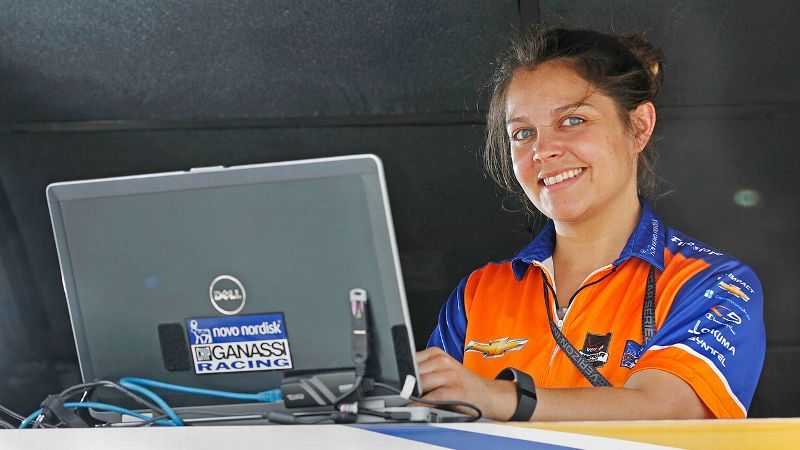
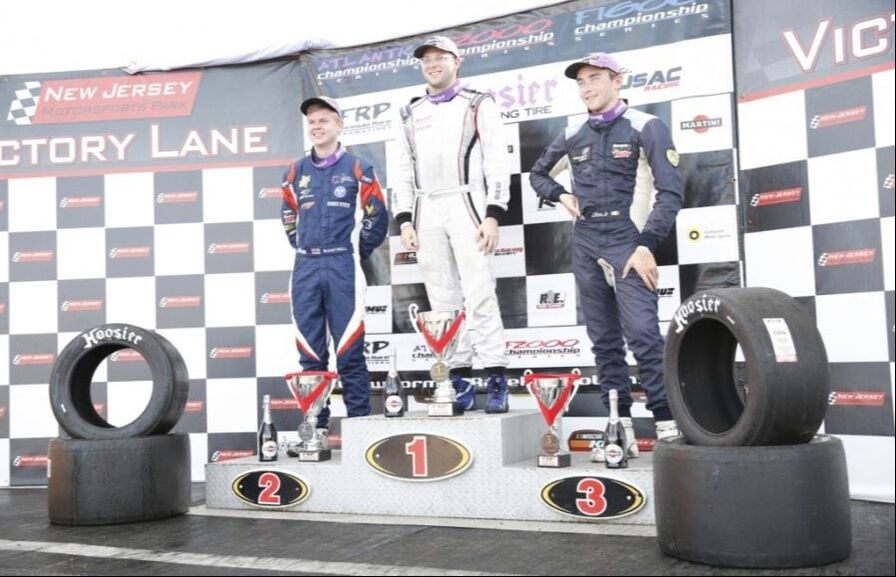
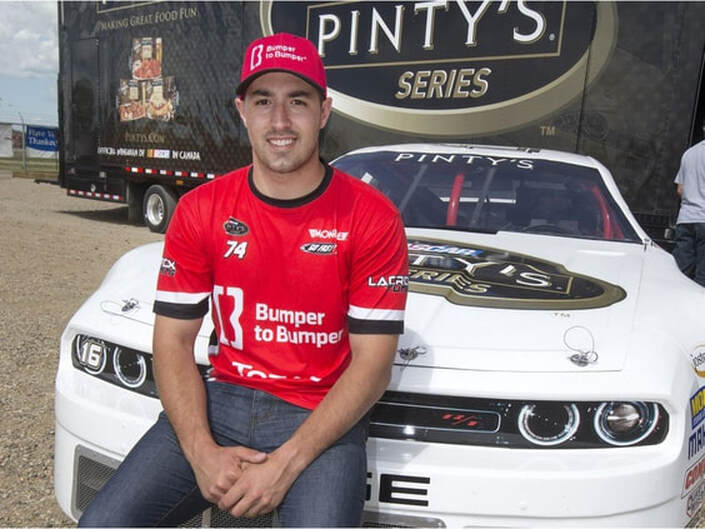
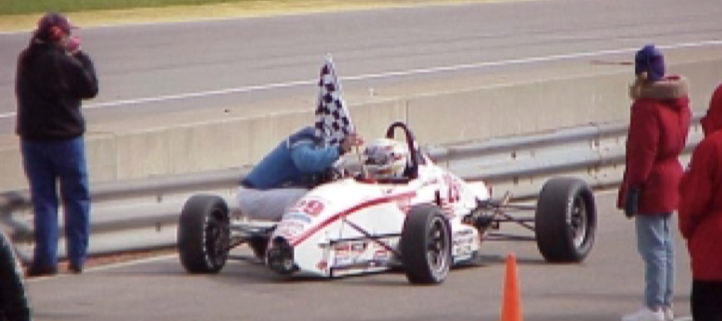
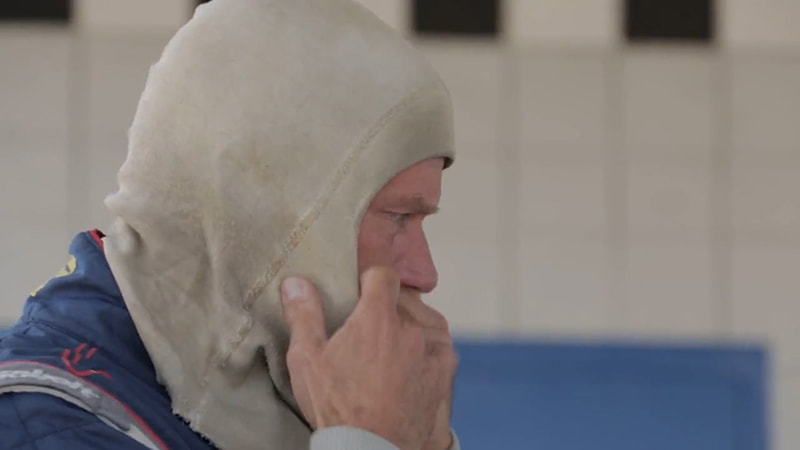
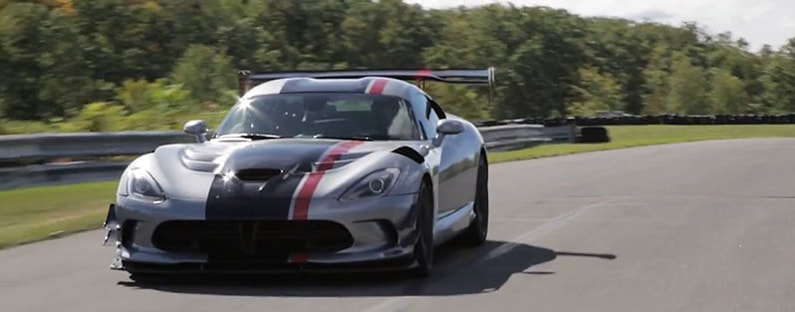
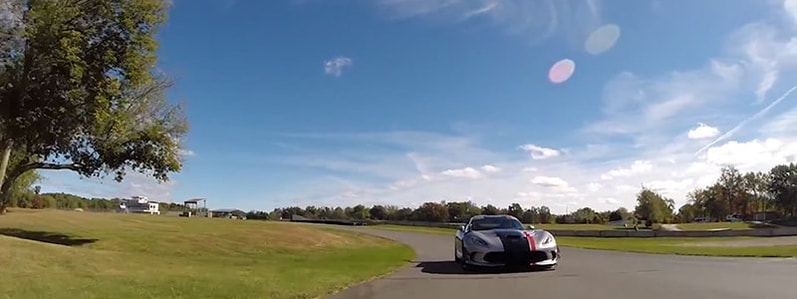
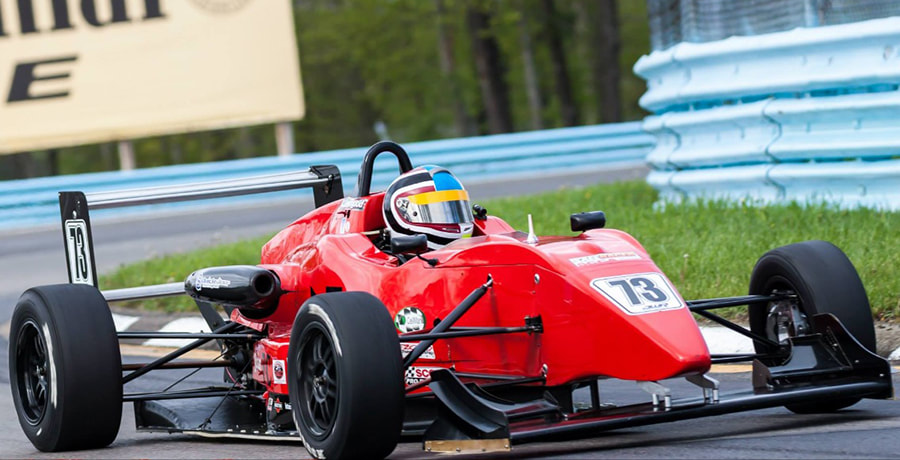
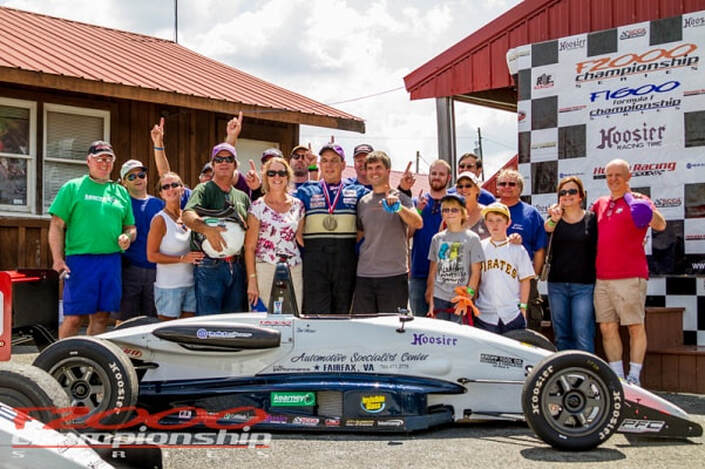
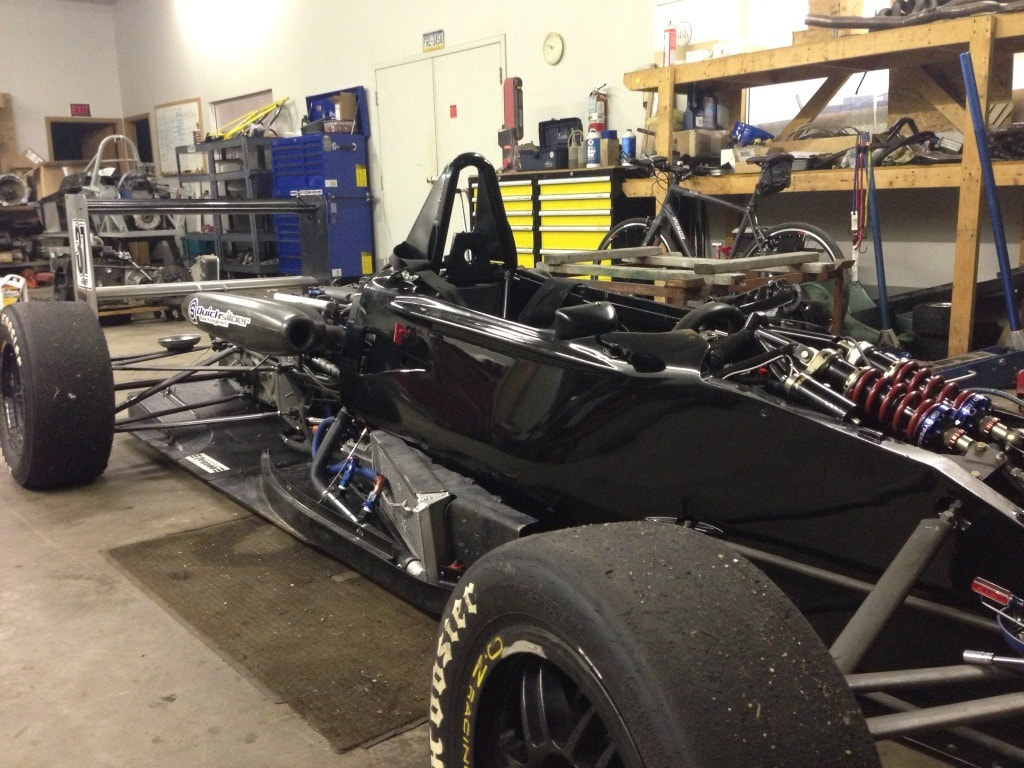
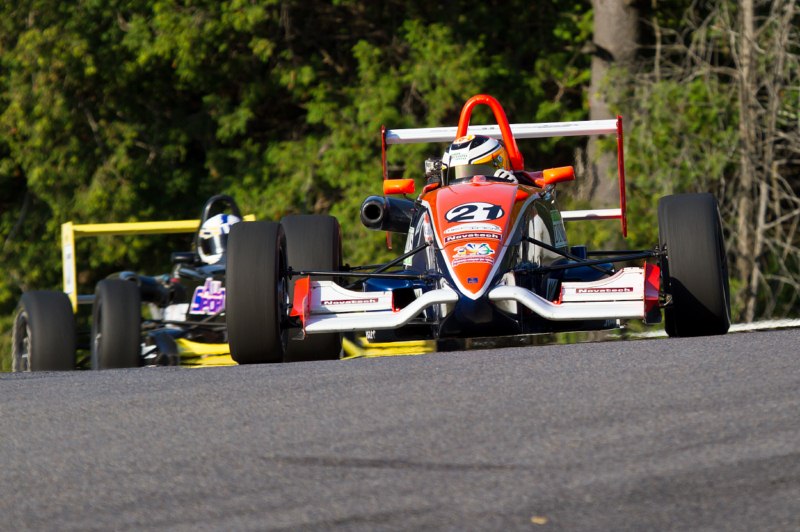
 RSS Feed
RSS Feed